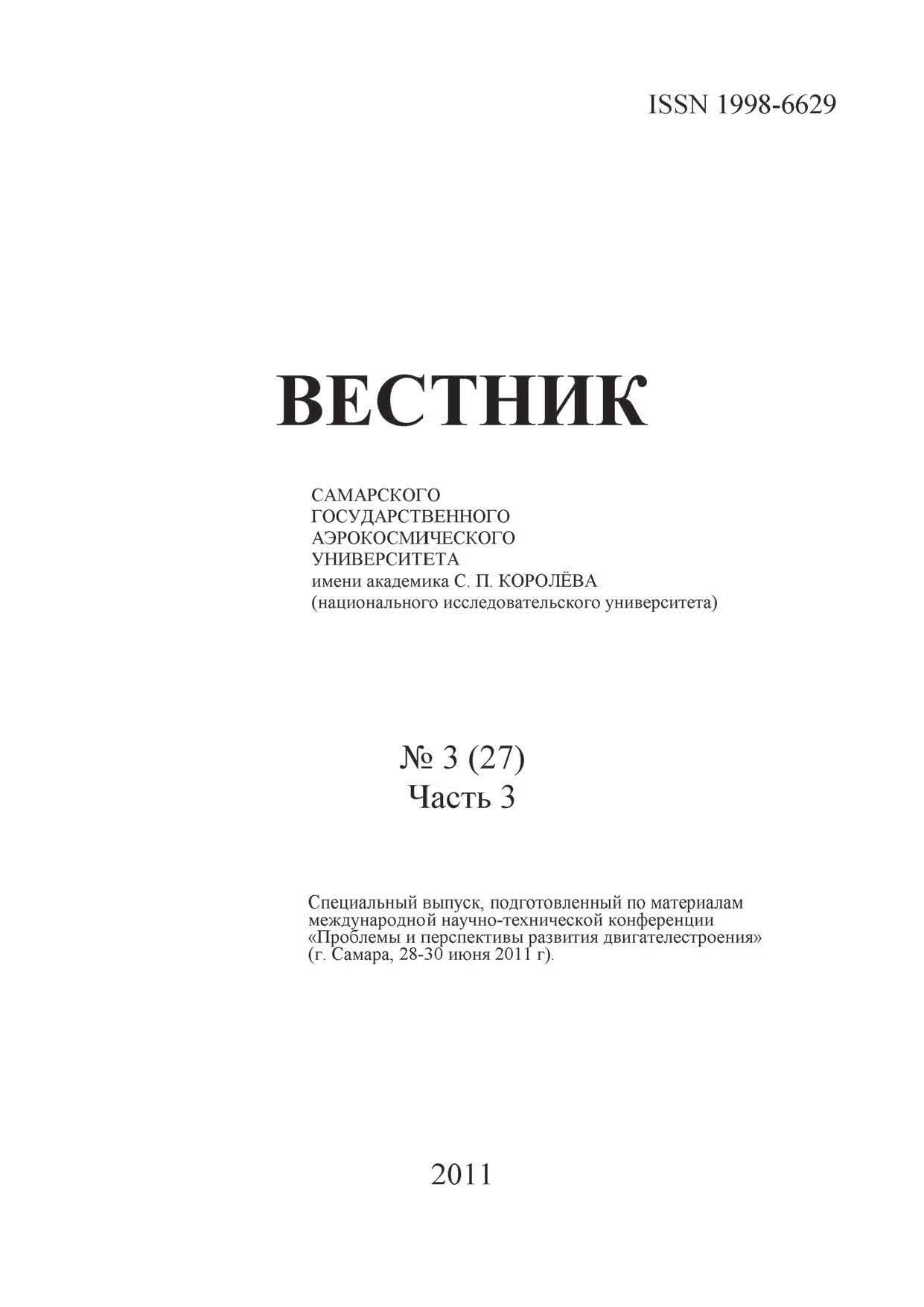Energy sources in heat engine cycles
- Authors: Mikheyenkov E.L.1
-
Affiliations:
- Samara State Aerospace University named after academician S.P. Korolyov (National Research University)
- Issue: Vol 10, No 3-3 (2011): Special Issue
- Pages: 160-166
- Section: AIRCRAFT AND SPACE ROCKET ENGINEERING
- URL: https://journals.ssau.ru/vestnik/article/view/6872
- DOI: https://doi.org/10.18287/2541-7533-2011-0-3-3(27)-160-166
- ID: 6872
Cite item
Full Text
Abstract
Thermal energy is, by definition, the source of useful energy (work) in a heat engine. The source of thermal energy is a heat-producing chemical reaction between the substances comprising the working mass of a heat engine, or between additional substances introduced. Heat-producing chemical reaction is called combustion reaction. A combustion reaction involves two types of substances: fuels and oxidants. The products of combustion reaction comprise the working mass of the thermodynamic cycle on its expansion stage, yielding useful energy (work). Energetic characteristics of combustion product generation processes are available for engineering and scientific purposes. There is a system of equations developed in chemical thermodynamics that determine the resulting products and energetic parameters of a reaction. To calculate heat engine cycles, it is necessary to obtain the characteristics of combustion products (thermodynamic properties - heat capacity, specific gas constant) and the maximum temperature levels of reaction products. The article provides an overview of approaches to determine the thermodynamic properties of combustion products and lists the values of these parameters for the most widespread fuels when combusted in air.
About the authors
E. L. Mikheyenkov
Samara State Aerospace University named after academician S.P. Korolyov (National Research University)
Author for correspondence.
Email: teplotex_ssau@bk.ru
Candidate of Engineering Sciences
associate professor in the Department of Heat Technology and Heat Engines
References
Supplementary files





















